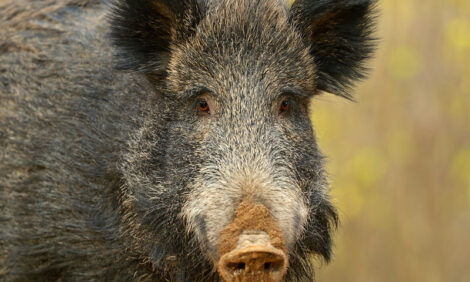



Solid manure injection moves closer to commercial viability
CANADA - The Prairie Agricultural Machinery Institute reports a new prototype solid manure injection system appears ready for the next stage of development, writes Bruce Cochrane.Last spring researchers with PAMI began field testing a prototype solid manure injection system.
The two piece system consists of a typical trailer type machine connected to an injection toolbar.
Project Leader Dr. Hubert Landry explains the equipment is designed to land apply any type of solid organic fertilizer, with 20 percent solids and over.
Dr. Hubert Landry-Prairie Agricultural Machinery Institute
We use a large screw conveyer to do a transverse distribution, that is along the width of the equipment.
The second piece, the toolbar with the injectors, we take the material that comes out of that transverse conveyer and really use flexible screw conveyers to bring that under the soil surface.
We call it injection so we can compare to liquid injection but really we are applying under the soil surface so we would be maybe more precise to talk about subsurface application of solid manure but really to create the parallel with liquid manure we use the term injection.
Because the equipment allows to control the application rate quite accurately, it also applies manure much more evenly than traditional spreaders.
We are hoping that there will be benefits in terms of crop response so basically increased yields but also, because we're putting manure directly under the soil surface, we can also foresee odour reductions and also greenhouse gas emissions reduction in that area as well.
Dr. Laundry says, mechanically, the implement functions well but, before going to a commercial scale prototype, it will necessary to prove the benefits of the technology.
He notes scientists with the University of Saskatchewan's Department of Soil Science are evaluating crop response, in terms of biomass and yields, and results are expected around the middle of October.








